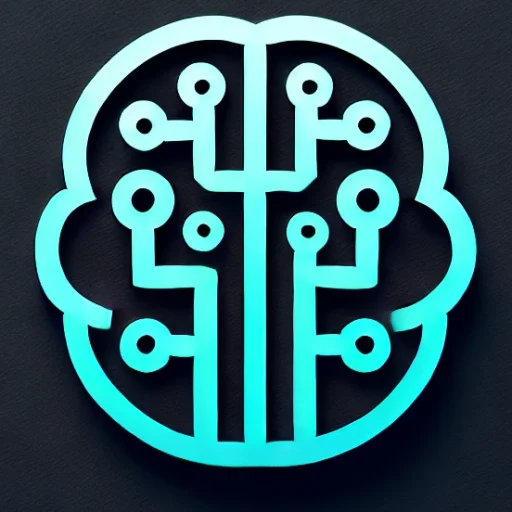
Introduction
Artificial Intelligence has rapidly evolved to become a pivotal component in various industries, with Generative AI leading the charge in recent breakthroughs. With the ability to create original content, from art and music to text and software code, Generative AI is not just enhancing efficiency but is also redefining the boundaries of human creativity. In this blog, we explore the current trends, applications, and future potential of Generative AI, making it the most important topic in the AI landscape today.
Key Insights & Latest Advancements
Generative AI refers to algorithms that can generate new data or content that mimics a given dataset. The most notable advancements in this arena include OpenAI’s GPT-4, an improvement over its predecessors in generating human-like text, and DALL-E 3, which can create detailed visual art from textual descriptions. Technical progress is marked by increased model size, improved training datasets, and enhanced algorithms, leading to higher fidelity outputs and adaptable applications across sectors.
Recent breakthroughs in reinforcement learning and transformers have fueled these advances, aiding in more efficient data modeling and resource allocation. This technological evolution allows Generative AI systems to not just replicate but innovate, crafting content that was previously unimaginable.
Real-World Applications
Generative AI’s impact is multifaceted, offering transformative benefits across numerous fields:
-
Creative Industries: AI-generated art and music are gaining traction, with artists using tools like DALL-E and Jukedeck for inspiration and content creation. This democratizes creativity, enabling individuals without technical expertise to produce high-quality content.
-
Business and Marketing: Automating content creation for blogs, advertisements, and customer service chatbots boosts productivity and personalization, catering to individual user narratives.
-
Healthcare: By generating synthetic data, Generative AI aids in medical research, enhancing predictive models in diagnostics, and reducing the need for extensive real-world data collection.
-
Software Development: Tools like GitHub Copilot, powered by AI, assist developers in coding by generating snippets, reducing errors, and increasing development speed.
Challenges & Future Outlook
Despite its potential, Generative AI faces significant challenges, notably concerning ethical use, data privacy, and accountability. The risk of generating misleading information, or “deepfakes,” raises concerns about trust and verification in digital content. Furthermore, the vast computational resources required for training sophisticated models pose sustainability challenges.
Looking forward, the focus will be on improving model transparency, developing frameworks for ethical AI deployment, and optimizing resource use to make AI more eco-friendly. The integration of regulatory oversight and open dialogues about the societal impacts of AI-generated content will also be crucial.
Conclusion
In conclusion, Generative AI stands out as a transformative force in the digital age, spanning creative, industrial, and technological domains. While challenges exist, the ongoing evolution in AI offers unprecedented opportunities for innovation and efficiency. For businesses and individuals alike, staying abreast of these developments will be key to leveraging AI for competitive advantage and creative exploration.
Key Takeaways
- Generative AI is redefining creative and industrial processes with tools like GPT-4 and DALL-E.
- Its applications are broad, impacting sectors from creative arts to healthcare.
- Addressing challenges related to ethics and sustainability is critical for future development.
- Understanding and harnessing Generative AI’s potential can unlock new realms of creativity and efficiency.

